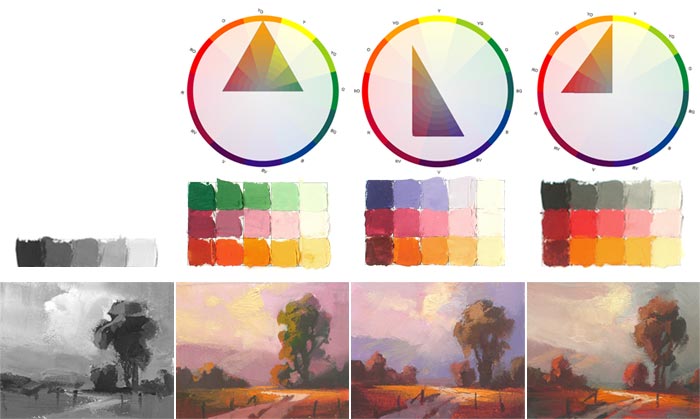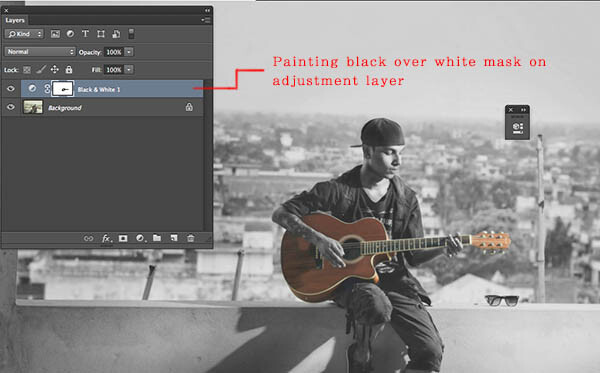What Is Masking In Digital Art - As an artist, you are always looking for new ways to make your creations stand out. One technique that has become increasingly popular in recent years is masking. Masking is the process of covering up part of an image or design, so that only certain areas are visible. This can be done digitally, using tools like Photoshop or other editing software. In this article, we will take a look at some examples of masking and explore how it can be used to enhance your art.
Gamut Mask Examples
What is gamut masking?
Gamut masking is a technique used to limit the color palette of an image. By using a gamut mask, you can ensure that only certain colors are used in your design, which can help to create a more cohesive and harmonious look. Gamut masks can be created using tools like Photoshop, and can be adjusted to suit your specific needs.

Culture.Masking>Digital.art
What is cultural masking?
Cultural masking is a technique that involves incorporating elements of different cultures into digital art. This can be done using a variety of tools, such as Photoshop, Illustrator, or other digital art software. By incorporating elements from different cultures, you can create artwork that is both unique and meaningful.

Image Masking - Digital Photo Edit
What is image masking?
Image masking is a technique used to remove the background or other unwanted parts of an image, leaving only the desired elements visible. This can be done using a variety of tools, such as Photoshop, and can be used to create more complex designs.
Masking It 2
What is masking in digital art?
Masking is the process of covering up part of an image or design, so that only certain areas are visible. This can be done using a variety of tools, such as Photoshop or other editing software. By using masking techniques, you can create more complex and interesting designs that are sure to stand out from the crowd.

Understanding Masking in Photoshop
What is masking in Photoshop?
Masking in Photoshop is a technique used to edit images by hiding or revealing certain parts of the image. This can be done using a variety of tools, such as the brush tool and the selection tool. By understanding how to use different masking techniques, you can create more complex and impressive designs that are sure to capture the attention of your viewers.

Now that we've explored some examples of masking in digital art, let's take a look at some tips and ideas for incorporating masking into your own artwork:
Tips and Ideas for Masking in Digital Art
- Experiment with different masking techniques to find the ones that work best for you.
- Don't be afraid to mix and match different styles and techniques to create a truly unique design.
- Use masking to create depth and texture in your artwork.
- Try masking out specific parts of an image to create a more abstract or surreal effect.
- Use masking to create interesting patterns and designs within your artwork.
- Play around with colors and different color palettes to create a more cohesive look.
- Use masking to highlight specific parts of an image or design.
- Consider using masking to create a more dynamic or interactive design.
How to Use Masking in Digital Art
If you're interested in incorporating masking into your own digital art, here are some basic steps to get you started:
- Choose an image or design to work with.
- Identify the areas of the image or design that you want to mask.
- Select the masking tool in your software of choice.
- Begin masking by hiding or revealing specific parts of the image or design.
- Experiment with different masking techniques to achieve the desired effect.
- Adjust the opacity or color of the mask as needed to create a more subtle or interesting effect.
- Save your artwork and share it with others!
In conclusion, masking is a powerful technique that can be used to enhance your digital art and create more complex and intriguing designs. By experimenting with different masking techniques, color palettes, and styles, you can create artwork that is truly unique and memorable. So why not give it a try and see what you can come up with?
Find more articles about What Is Masking In Digital Art